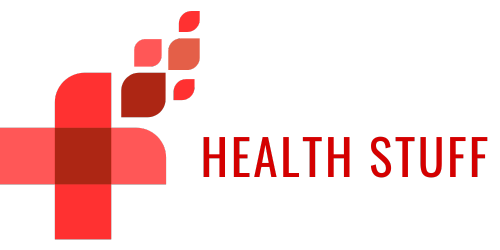Who is behind Patricia? Patricia's balance with the human work necessary for its proper functioning
AI and humans working together
AI without the support of a dedicated human team would not be efficient. Therefore, each AI system that is new, highly developed, and uses an NLP engine, just like Patricia does, for example, requires a dedicated team of human experts to make sure everything works. In this article, we will take a look at Patricia's balance with the human work necessary for its proper functioning. We are also going to mention a few important reasons why utilizing an NLP engine AI for healthcare brings many benefits.
Importance of humans working together with AI
As we all know, AI today is constantly developing and becoming increasingly popular in many different branches of our society, including the healthcare system. However, AI working on its own, is not efficient nor beneficial, especially for health clinics. Constant work between humans and AI needs to happen in the background in order for an AI to function properly. The most beneficial AI system for health clinics is slowly but surely becoming an NLP engine-powered conversational AI. So, overall it is safe to say that constant human assistance needs to be present in order for a healthcare-based AI to function properly. Let's take a look at this conversational AI and define it briefly.
Defining conversational AI
What is a conversational AI? Well, this term refers to technology like chatbots, voice assistants, or conversational applications that can communicate and transfer information with humans. It essentially simulates a human conversation. However, regular chatbots have not proved all that useful when it comes to healthcare clinics. This is because a regular chatbot can only answer a given set of questions and cannot perform any kind of meaningful communication outside of that. This is not good for patients as they cannot receive all of the information they need for their healthcare journey. Furthermore, they know that they are talking to a chatbot and no meaningful relationship is created that way.
Natural language processing or NLP for short helps the AI break down requests into words and sentences, analyzes them, and enables AI to form a completely natural conversation with patients. In addition to this, it can also perform many other administrative tasks as well which can greatly help out health clinics. This is the essence of Patricia, a proprietary natural language processing engine, built 100% to manage health interactions.
How Patricia functions properly with the help of a dedicated human team
Simply having an AI for healthcare is not enough. This AI needs to be trained and prepared for human interactions and other healthcare-related interactions. Although AI has the ability to learn, grow, and expand, it still needs someone to steer it in the right direction. NLP is a combination of computer science, linguistics, and Artificial Intelligence that provides chatbots the ability to understand human languages but it also needs the backing of a dedicated team of human experts.
It all starts with the training. AI must be taught how to perform the work they’re designed to do. Firstly, training data sets are gathered. AI repeats several basic tasks and if it makes a mistake, it automatically learns not to make it again in the future. AI is trained to understand and handle idiomatic expressions as well as other parts of everyday human language.
In addition to being trained to understand and handle human language properly, AI for healthcare systems also needs to be properly trained to handle human interactions. This can only be achieved by having trained experts who work on developing this AI through its early stages and later stages as well. This way, AI is capable of approaching and interacting with each patient in a unique way. This of course will all be based on patient preferences, response time, healthcare needs, and so on.
AI systems such as Patricia facilitate communications between people or on behalf of people, or health clinics to be more precise. Patients can communicate freely and get all of the information they need instantly and completely online. Proactive and humanized care has a positive impact on the patient experience. However, in order for patients to experience this kind of humanized care, AI itself needs to become humanized. Only humans can achieve this. AI on its own cannot.
The team behind Patricia
For Patricia, a dedicated team of human experts and professionals is always there to build, work on, and expand the abilities and skills of AI. This team has trained Patricia with more than 80 million cases. This allowed the team to reach a level of certainty that is fresh and unique. Patricia has also been taught several different languages such as Spanish, English, German, French, and Catalan. Patricia also has the ability to learn new languages as well.
Working hand in hand with AI is necessary to reach greater efficiencies in the patient journey, help healthcare clinics, and enable faster and better communication between health clinics and patients.
AI for healthcare systems
So, as we can see, there are several key areas where a human team is needed in order to improve the efficiency of an AI system and make it just right for health clinics. Who is behind Patricia? A team of human experts who trained, taught, and expanded Patricia's abilities and skills at every stage and continue to do so to this day. The benefits of using a conversational AI such as Patricia for health clinics are many. Overall, the main goal is to achieve more personalized care that is accessible to all patients easily and quickly.
 English
English Español
Español
